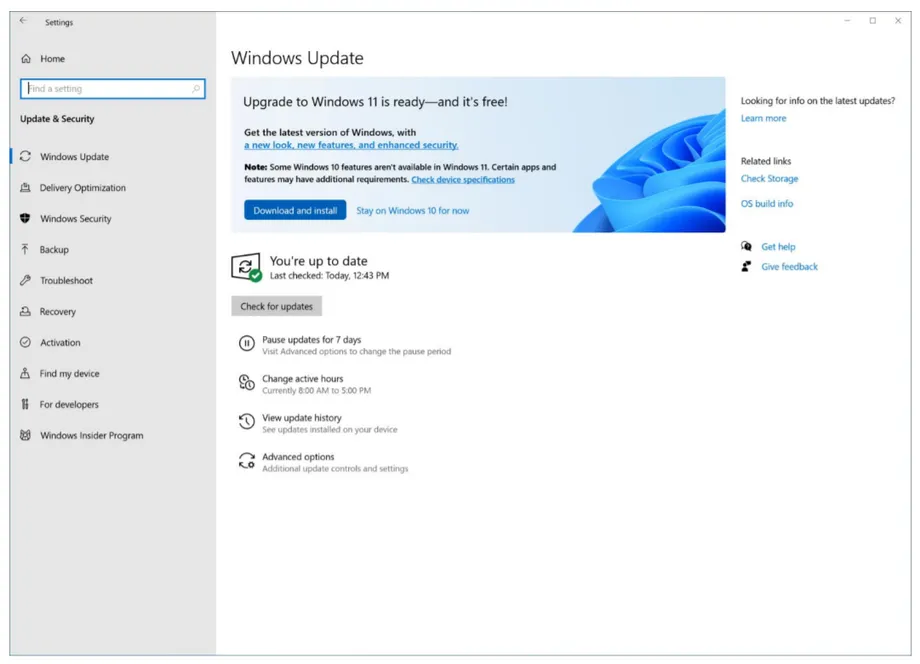Microsoft has already begun rolling out Windows 11, the latest upgrade to the popular operating system (OS), across the world. While Microsoft is officially launching Windows 11-powered hardware, along with the consumer versions of its latest Microsoft 365 and Office 2021 suits, the much-coveted iteration of the operating system came a few hours early. This means that a few users may have the option to start upgrading to Windows 11 right now. However, for the majority of users across the globe, the Windows 11 rollout will be gradual. Microsoft told The Verge earlier that all eligible Windows 10 devices should be able to receive the Windows 11 update by mid-2022 but new hardware (recently-purchased computers) may be able to receive the update immediately.
Windows 11: How to upgrade
Windows 11 features a new modern user interface (UI), a redesigned start menu with a snap assist multitasking feature, an overhauled Microsoft Store, Widgets, Microsoft Teams integration, and lots more. According to The Verge review, Windows 11 feels a lot faster and more responsive and modern hardware; the company seemingly wants to push Windows users to buy a new PC, whether they need one or not.
If you have recently purchased a Windows 10 machine, chances are that you may have the option to upgrade to Windows 11 right away. Here’s how to do so:
1 . Check if your personal computer is officially supported for the Windows 11 update. You can do so through the official Microsoft PC health check app.
2 . Make sure you have backed up all important data, documents, and apps if any.
3 . On your computer, browse to Settings → Update & Security → Windows Update
4 . Click on the ‘Check for updates’ button and wait for the system to check for a potential Windows 11 update.
5 . If the Windows 11 update is available, you will see the option to download and install it for free.




Recent Comments